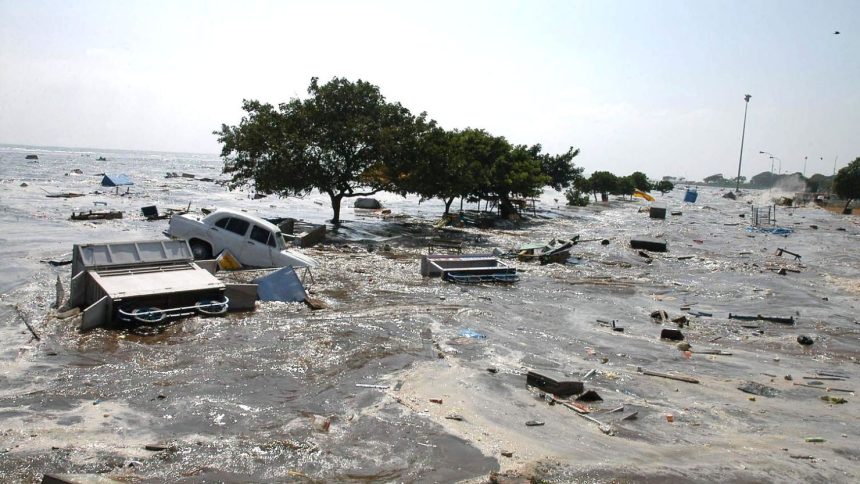The world has witnessed countless natural disasters throughout history, but some stand out for their sheer power and devastating impact. This exploration of the top ten most powerful natural disasters in history dives into the awe inspiring forces of nature that have shaped our planet and altered human lives forever. From towering tsunamis to earth shattering earthquakes, ferocious hurricanes to unstoppable volcanic eruptions, these events remind us of nature’s unmatched strength.Each disaster on this list is ranked based on its intensity, destruction, and lasting effects on civilizations. Discover the deadliest floods that submerged entire regions, the wildfires that scorched vast landscapes, and the tornadoes that tore through communities with unrelenting fury. Unearth the stories behind these catastrophic moments, including the seismic shifts that leveled cities and the storms that rewrote coastlines. Packed with historical facts and gripping details, this guide to the most powerful natural disasters in history offers a window into the raw energy of our planet and the resilience of those who endured it. Whether you are a history buff or simply curious about nature’s might, this list will leave you amazed at the scale of these unforgettable events.
Top Ten Most Powerful Natural Disasters In History
10. The 526 Antioch Earthquake
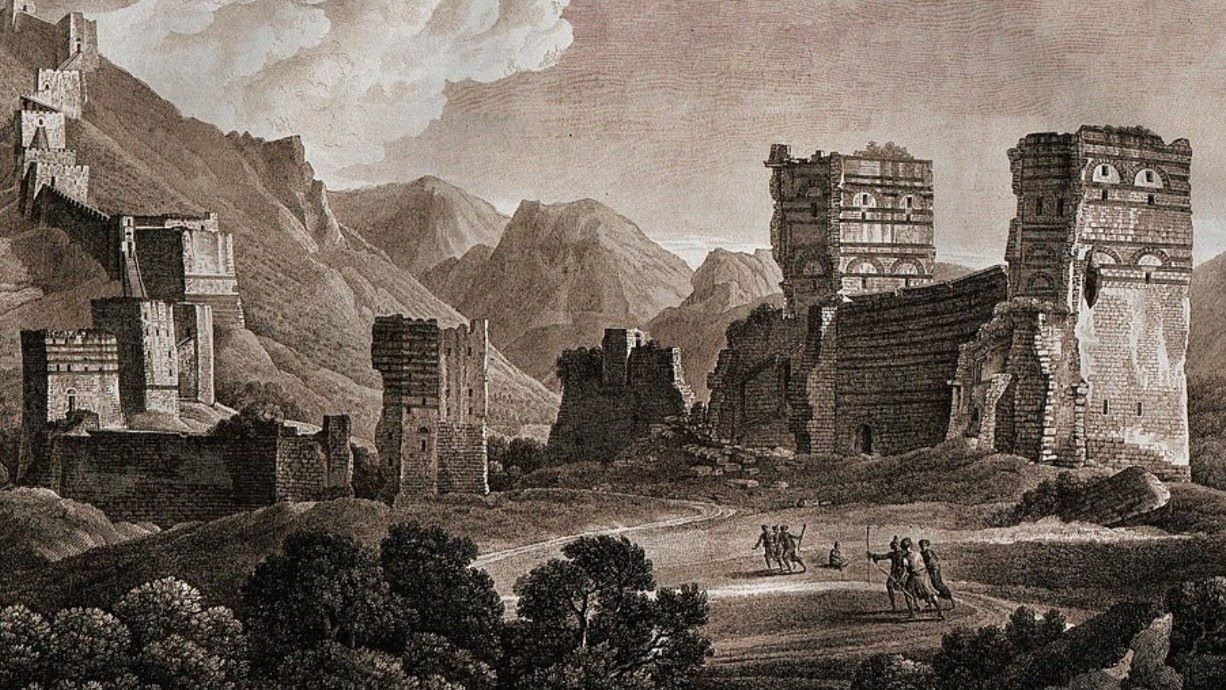 Kicking off the list of the most powerful natural disasters in history is the Antioch Earthquake of 526 AD, a seismic catastrophe that struck the bustling city of Antioch in the Byzantine Empire, now modern-day Turkey. Estimated to have reached a magnitude of around 7.0, this earthquake unleashed chaos on a thriving metropolis known for its cultural and economic significance. Historical accounts paint a grim picture of entire neighborhoods collapsing, with fires sparked by the upheaval consuming what little remained. The death toll is believed to have soared to approximately 250,000, a staggering figure that reflects the disaster’s devastating reach. Aftershocks compounded the destruction, leaving survivors to face a shattered landscape and a prolonged recovery. This event stands as one of the earliest recorded natural disasters of such magnitude, showcasing the raw power of earthquakes to reshape human history in an instant.
Kicking off the list of the most powerful natural disasters in history is the Antioch Earthquake of 526 AD, a seismic catastrophe that struck the bustling city of Antioch in the Byzantine Empire, now modern-day Turkey. Estimated to have reached a magnitude of around 7.0, this earthquake unleashed chaos on a thriving metropolis known for its cultural and economic significance. Historical accounts paint a grim picture of entire neighborhoods collapsing, with fires sparked by the upheaval consuming what little remained. The death toll is believed to have soared to approximately 250,000, a staggering figure that reflects the disaster’s devastating reach. Aftershocks compounded the destruction, leaving survivors to face a shattered landscape and a prolonged recovery. This event stands as one of the earliest recorded natural disasters of such magnitude, showcasing the raw power of earthquakes to reshape human history in an instant.
9. The 1920 Haiyuan Earthquake
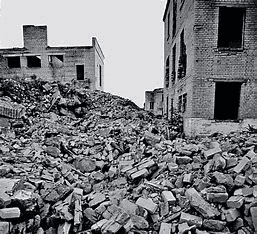 Next among history’s most powerful natural disasters is the Haiyuan Earthquake, which rocked Ningxia Province in China on December 16, 1920. Registering between 7.8 and 8.5 in magnitude, this seismic event unleashed a torrent of destruction across a rural expanse. Beyond the initial tremors, massive landslides buried villages whole, while rivers shifted course, triggering floods that amplified the chaos. Estimates place the death toll at around 273,000, though some suggest even higher losses due to the disaster’s cascading effects. The harsh winter that followed left survivors exposed, with limited infrastructure to support rescue efforts in the remote region. This earthquake’s power lies not just in its seismic force but in the chain reaction of landslides and floods, marking it as a brutal testament to nature’s ability to devastate entire communities in history.
Next among history’s most powerful natural disasters is the Haiyuan Earthquake, which rocked Ningxia Province in China on December 16, 1920. Registering between 7.8 and 8.5 in magnitude, this seismic event unleashed a torrent of destruction across a rural expanse. Beyond the initial tremors, massive landslides buried villages whole, while rivers shifted course, triggering floods that amplified the chaos. Estimates place the death toll at around 273,000, though some suggest even higher losses due to the disaster’s cascading effects. The harsh winter that followed left survivors exposed, with limited infrastructure to support rescue efforts in the remote region. This earthquake’s power lies not just in its seismic force but in the chain reaction of landslides and floods, marking it as a brutal testament to nature’s ability to devastate entire communities in history.
8. The 1138 Aleppo Earthquake
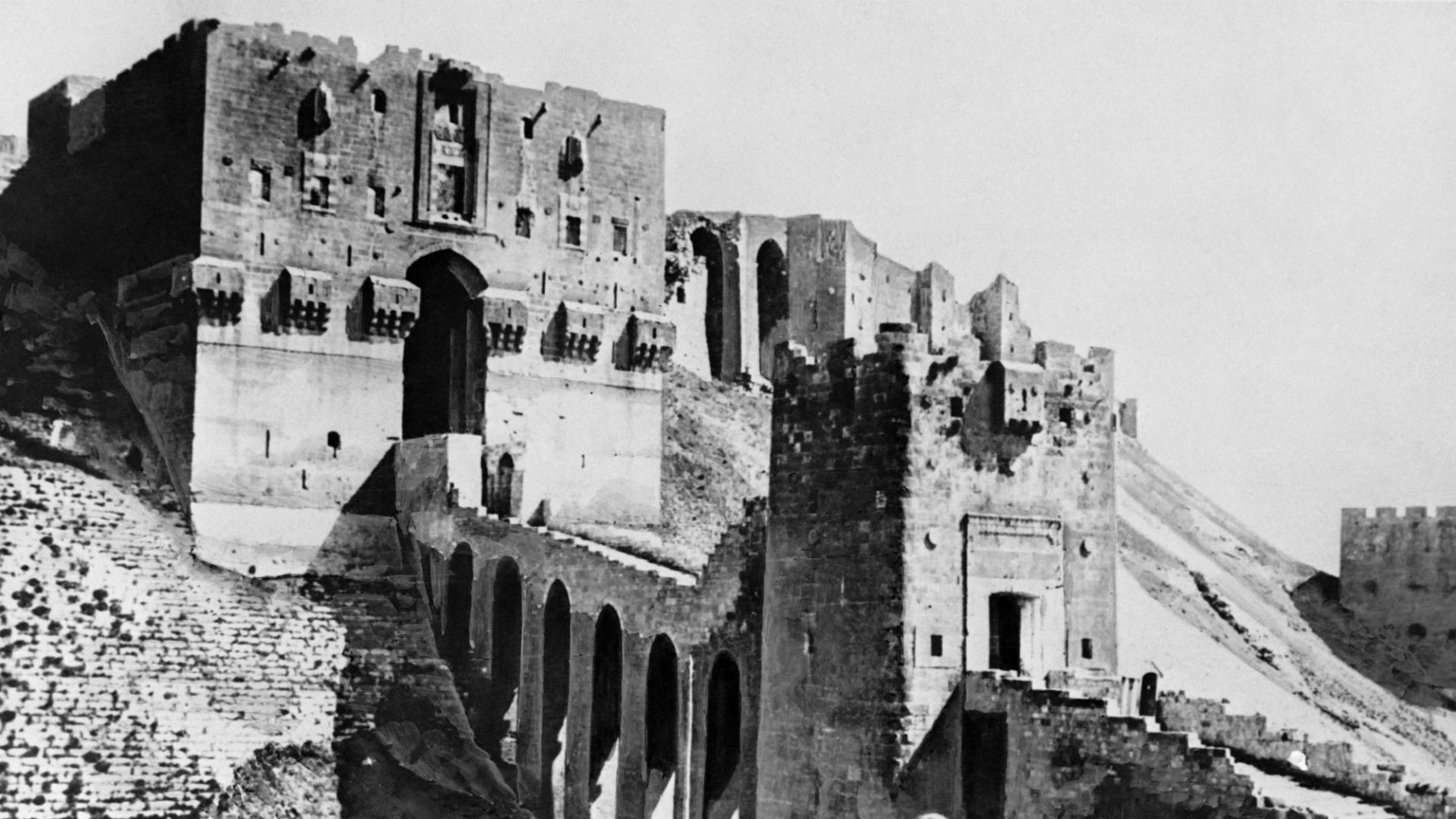 Ranking eighth among the most powerful natural disasters in history, the Aleppo Earthquake of October 11, 1138, struck the thriving medieval city of Aleppo in present-day Syria. With its magnitude lost to time but its impact undeniable, this earthquake leveled the city’s iconic citadel and reduced homes to rubble across a region straddling tectonic fault lines. Chroniclers of the era reported a death toll nearing 230,000, though some historians debate this figure due to possible conflation with other regional quakes. Felt as far as Damascus and Baghdad, the disaster’s reach underscored the volatile geology of the area, where the Arabian and African plates collide. The collapse of infrastructure and subsequent chaos left an indelible mark on the Islamic world’s history, highlighting earthquakes as relentless forces capable of erasing centuries of progress.
Ranking eighth among the most powerful natural disasters in history, the Aleppo Earthquake of October 11, 1138, struck the thriving medieval city of Aleppo in present-day Syria. With its magnitude lost to time but its impact undeniable, this earthquake leveled the city’s iconic citadel and reduced homes to rubble across a region straddling tectonic fault lines. Chroniclers of the era reported a death toll nearing 230,000, though some historians debate this figure due to possible conflation with other regional quakes. Felt as far as Damascus and Baghdad, the disaster’s reach underscored the volatile geology of the area, where the Arabian and African plates collide. The collapse of infrastructure and subsequent chaos left an indelible mark on the Islamic world’s history, highlighting earthquakes as relentless forces capable of erasing centuries of progress.
7. The 1839 Coringa Cyclone
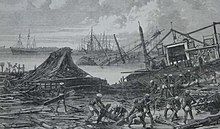 The Coringa Cyclone of November 25, 1839, claims its spot as the seventh most powerful natural disaster in history, striking the port city of Coringa in India with unrelenting fury. This tropical cyclone roared through the Bay of Bengal, bringing winds exceeding 120 miles per hour and a towering 40 foot storm surge that obliterated everything in its path. Over 300,000 lives were lost, with ships flung miles inland and the once prosperous city reduced to a ghost town. Floodwaters drowned entire villages, while the sheer force of the storm surge ensured little remained standing. The disaster’s aftermath saw Coringa fade into obscurity, its survivors abandoning the site rather than rebuilding. As one of history’s deadliest cyclones, this event showcases the destructive might of hurricanes and their lasting impact on coastal regions.6. The 2004 Indian Ocean Tsunami
The Coringa Cyclone of November 25, 1839, claims its spot as the seventh most powerful natural disaster in history, striking the port city of Coringa in India with unrelenting fury. This tropical cyclone roared through the Bay of Bengal, bringing winds exceeding 120 miles per hour and a towering 40 foot storm surge that obliterated everything in its path. Over 300,000 lives were lost, with ships flung miles inland and the once prosperous city reduced to a ghost town. Floodwaters drowned entire villages, while the sheer force of the storm surge ensured little remained standing. The disaster’s aftermath saw Coringa fade into obscurity, its survivors abandoning the site rather than rebuilding. As one of history’s deadliest cyclones, this event showcases the destructive might of hurricanes and their lasting impact on coastal regions.6. The 2004 Indian Ocean Tsunami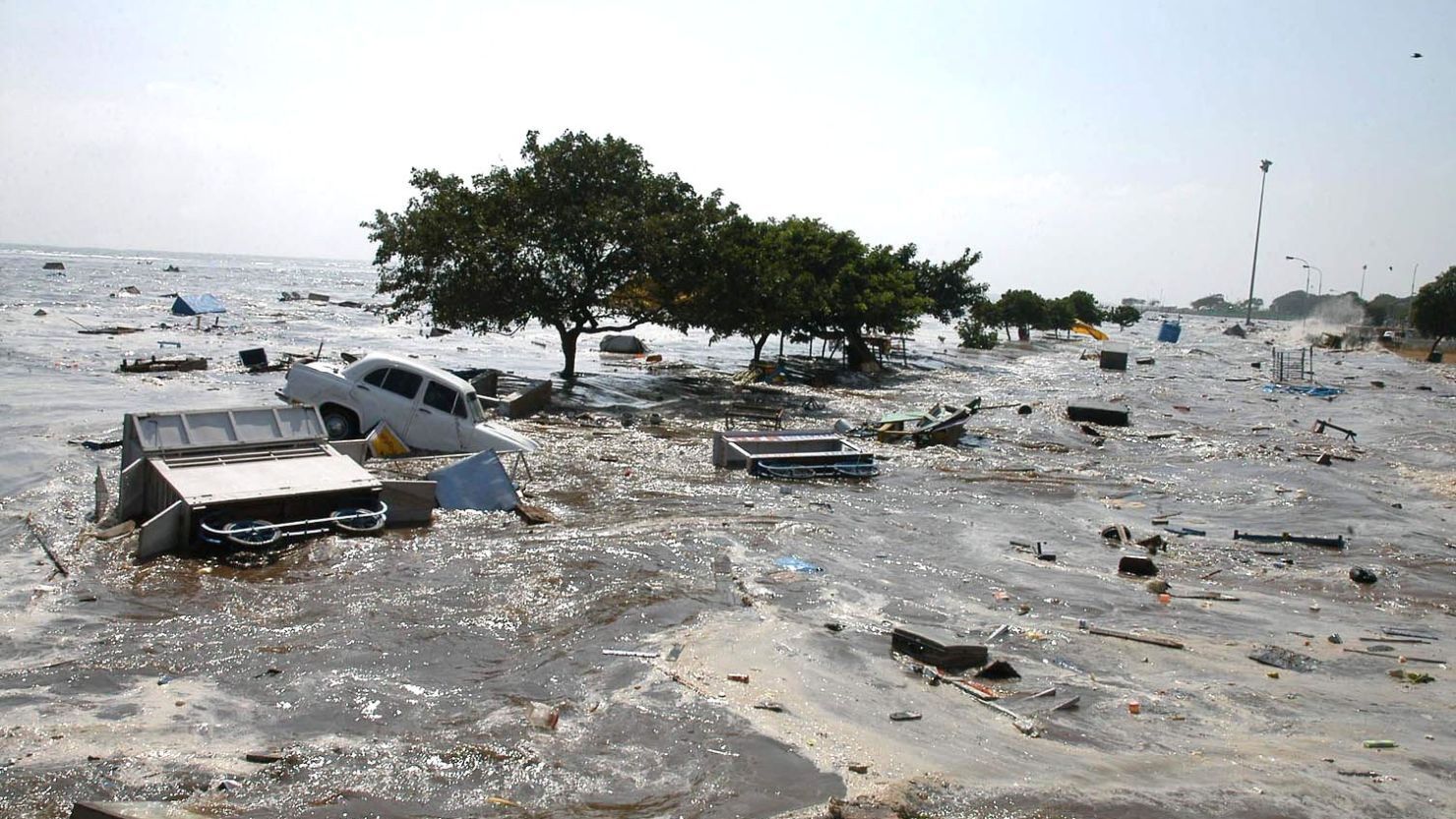 The Indian Ocean Tsunami of December 26, 2004, ranks sixth among the most powerful natural disasters in history, triggered by a colossal 9.1 magnitude earthquake off Sumatra, Indonesia. This undersea quake birthed waves soaring up to 100 feet, slamming into 14 countries across the Indian Ocean basin with breathtaking speed. Over 230,000 people perished, with Indonesia, Sri Lanka, India, and Thailand bearing the brunt of the devastation. Coastal communities vanished under the onslaught, and the disaster’s economic toll reached billions, saltwater ruining farmland for years. The global response was unprecedented, leading to the creation of advanced tsunami warning systems. This event’s sheer scale and reach cement its place as one of history’s most catastrophic tsunamis, a stark reminder of nature’s oceanic fury.
The Indian Ocean Tsunami of December 26, 2004, ranks sixth among the most powerful natural disasters in history, triggered by a colossal 9.1 magnitude earthquake off Sumatra, Indonesia. This undersea quake birthed waves soaring up to 100 feet, slamming into 14 countries across the Indian Ocean basin with breathtaking speed. Over 230,000 people perished, with Indonesia, Sri Lanka, India, and Thailand bearing the brunt of the devastation. Coastal communities vanished under the onslaught, and the disaster’s economic toll reached billions, saltwater ruining farmland for years. The global response was unprecedented, leading to the creation of advanced tsunami warning systems. This event’s sheer scale and reach cement its place as one of history’s most catastrophic tsunamis, a stark reminder of nature’s oceanic fury.
5. The 1976 Tangshan Earthquake
 Fifth on the list of the most powerful natural disasters in history is the Tangshan Earthquake, which struck northeastern China on July 28, 1976. With a magnitude of 7.8, this quake leveled the industrial city of Tangshan in mere seconds, catching its million residents off guard at 3:42 a.m. Official estimates cite over 240,000 deaths, though some argue the toll could be as high as 700,000 due to unreported losses. Collapsing buildings trapped countless victims, while aftershocks and a lack of immediate aid due to political tensions worsened the crisis. The disaster spurred China to overhaul its building codes and disaster response strategies, reflecting its profound impact. This earthquake’s power lies in its suddenness and the staggering human cost, etching it into history as a modern tragedy.
Fifth on the list of the most powerful natural disasters in history is the Tangshan Earthquake, which struck northeastern China on July 28, 1976. With a magnitude of 7.8, this quake leveled the industrial city of Tangshan in mere seconds, catching its million residents off guard at 3:42 a.m. Official estimates cite over 240,000 deaths, though some argue the toll could be as high as 700,000 due to unreported losses. Collapsing buildings trapped countless victims, while aftershocks and a lack of immediate aid due to political tensions worsened the crisis. The disaster spurred China to overhaul its building codes and disaster response strategies, reflecting its profound impact. This earthquake’s power lies in its suddenness and the staggering human cost, etching it into history as a modern tragedy.
4. The 1970 Bhola Cyclone
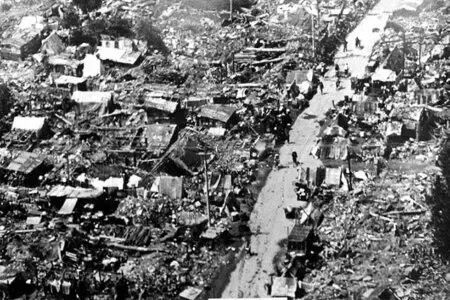 The Bhola Cyclone of November 12, 1970, secures fourth place among history’s most powerful natural disasters, slamming into East Pakistan (now Bangladesh) with devastating force. Winds topping 115 miles per hour drove a 33 foot storm surge across the low lying Ganges Delta, submerging villages and claiming between 300,000 and 500,000 lives. Poor warning systems left millions unprepared, and the cyclone’s late season timing caught the region off guard. Infrastructure crumbled, crops were obliterated, and survivors faced disease and starvation in the aftermath. Recognized as the deadliest tropical cyclone in recorded history, this disaster’s scale spurred international aid efforts and underscored the vulnerability of coastal populations to hurricanes, leaving a haunting legacy.
The Bhola Cyclone of November 12, 1970, secures fourth place among history’s most powerful natural disasters, slamming into East Pakistan (now Bangladesh) with devastating force. Winds topping 115 miles per hour drove a 33 foot storm surge across the low lying Ganges Delta, submerging villages and claiming between 300,000 and 500,000 lives. Poor warning systems left millions unprepared, and the cyclone’s late season timing caught the region off guard. Infrastructure crumbled, crops were obliterated, and survivors faced disease and starvation in the aftermath. Recognized as the deadliest tropical cyclone in recorded history, this disaster’s scale spurred international aid efforts and underscored the vulnerability of coastal populations to hurricanes, leaving a haunting legacy.
3. The 1556 Shaanxi Earthquake
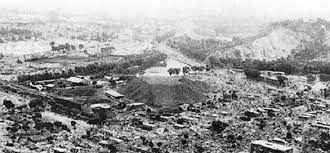 Third among the most powerful natural disasters in history is the Shaanxi Earthquake of January 23, 1556, which struck China’s Shaanxi Province during the Ming Dynasty. With an estimated magnitude of 8.0, this quake unleashed devastation across a densely populated region, killing approximately 830,000 people. The unique loess soil amplified the destruction, causing landslides that buried entire communities and collapsed cave dwellings carved into hillsides. Rivers flooded, fires raged, and the disaster’s reach spanned over 500 miles. Historical records describe a landscape forever altered, with survivors facing famine and disease. As the deadliest earthquake ever recorded, this event’s sheer toll and geological impact cement its place as a monumental catastrophe in human history.
Third among the most powerful natural disasters in history is the Shaanxi Earthquake of January 23, 1556, which struck China’s Shaanxi Province during the Ming Dynasty. With an estimated magnitude of 8.0, this quake unleashed devastation across a densely populated region, killing approximately 830,000 people. The unique loess soil amplified the destruction, causing landslides that buried entire communities and collapsed cave dwellings carved into hillsides. Rivers flooded, fires raged, and the disaster’s reach spanned over 500 miles. Historical records describe a landscape forever altered, with survivors facing famine and disease. As the deadliest earthquake ever recorded, this event’s sheer toll and geological impact cement its place as a monumental catastrophe in human history.
2. The 1887 Yellow River Flood
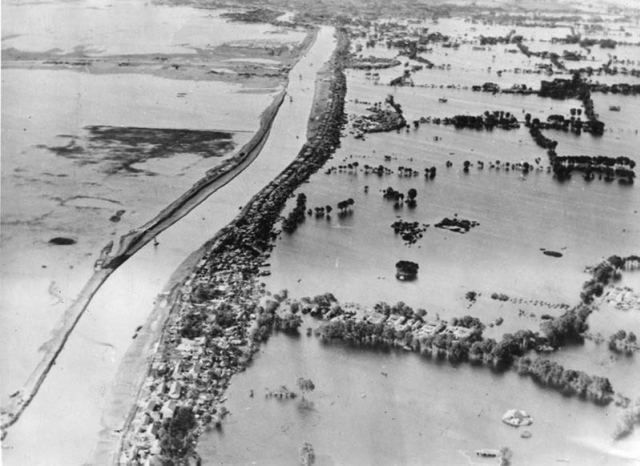 The Yellow River Flood of September 1887 ranks second on the list of the most powerful natural disasters in history, ravaging China’s Henan Province with unrelenting floodwaters. Heavy rains swelled the river beyond its banks, breaching levees and inundating vast swathes of farmland and villages. Estimates suggest between 900,000 and 2 million lives were lost, with millions more displaced as entire communities vanished underwater. The flood’s aftermath brought famine and disease, compounding the tragedy across a region already strained by poverty. Known as China’s “Sorrow,” the Yellow River’s destructive power reshaped the landscape and society, marking this as one of history’s most catastrophic floods and a sobering example of nature’s wrath.
The Yellow River Flood of September 1887 ranks second on the list of the most powerful natural disasters in history, ravaging China’s Henan Province with unrelenting floodwaters. Heavy rains swelled the river beyond its banks, breaching levees and inundating vast swathes of farmland and villages. Estimates suggest between 900,000 and 2 million lives were lost, with millions more displaced as entire communities vanished underwater. The flood’s aftermath brought famine and disease, compounding the tragedy across a region already strained by poverty. Known as China’s “Sorrow,” the Yellow River’s destructive power reshaped the landscape and society, marking this as one of history’s most catastrophic floods and a sobering example of nature’s wrath.
1. The 1931 China Floods
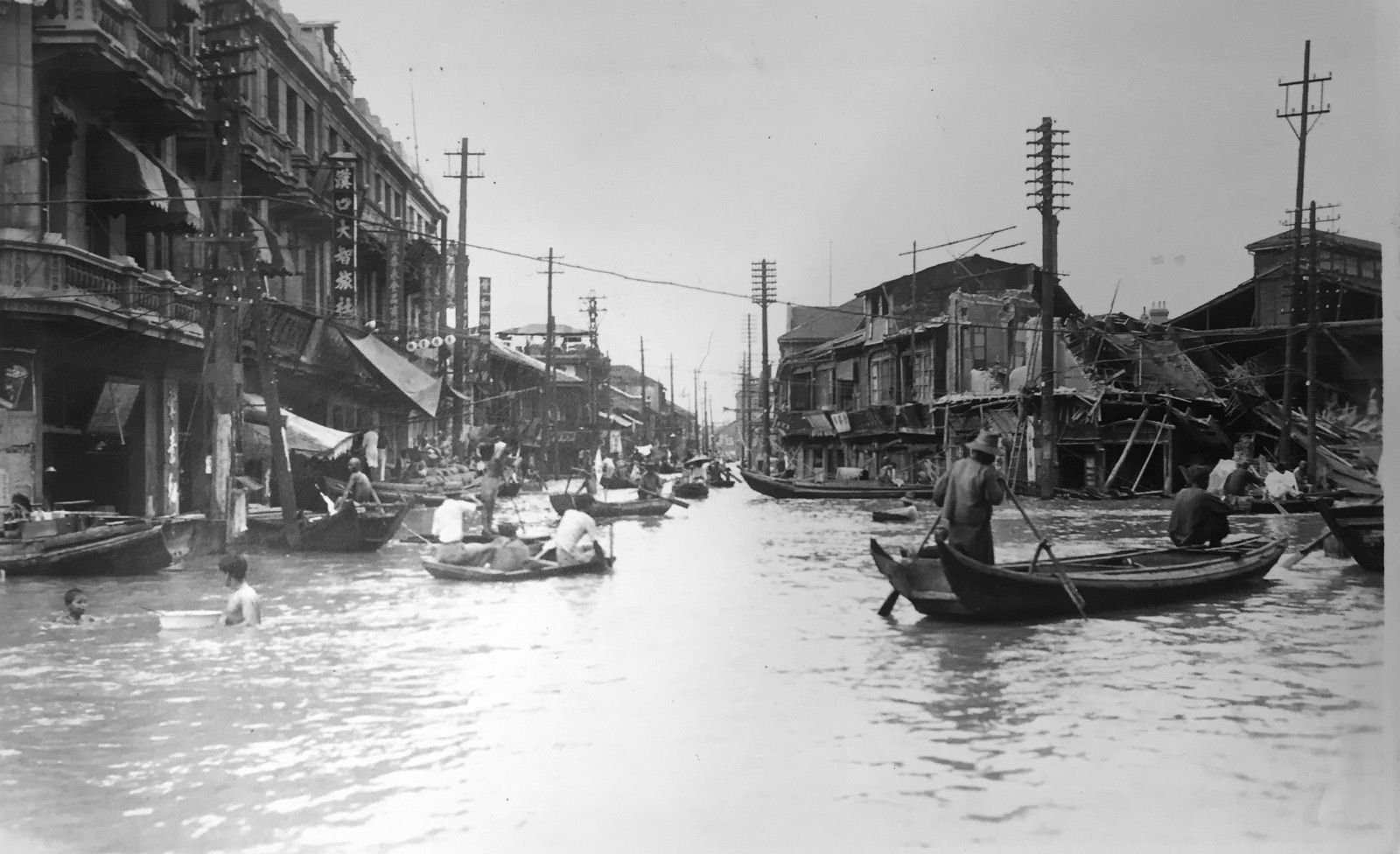 Topping the list of the most powerful natural disasters in history are the 1931 China Floods, a hydrological nightmare that engulfed central and eastern China from July to November. Torrential rains, swollen rivers like the Yangtze, and breached dikes submerged an area the size of England, affecting over 50 million people. Death toll estimates range from 1 million to 4 million, with drowning, starvation, and epidemics like cholera claiming countless lives. Cities like Wuhan and Nanjing became islands amidst the deluge, while rice fields, the lifeblood of the region were destroyed, triggering widespread famine. This disaster’s unparalleled scale and prolonged suffering toppled economies and destabilized the Qing Dynasty’s remnants, making it the deadliest natural disaster ever recorded and a chilling pinnacle of nature’s destructive power.
Topping the list of the most powerful natural disasters in history are the 1931 China Floods, a hydrological nightmare that engulfed central and eastern China from July to November. Torrential rains, swollen rivers like the Yangtze, and breached dikes submerged an area the size of England, affecting over 50 million people. Death toll estimates range from 1 million to 4 million, with drowning, starvation, and epidemics like cholera claiming countless lives. Cities like Wuhan and Nanjing became islands amidst the deluge, while rice fields, the lifeblood of the region were destroyed, triggering widespread famine. This disaster’s unparalleled scale and prolonged suffering toppled economies and destabilized the Qing Dynasty’s remnants, making it the deadliest natural disaster ever recorded and a chilling pinnacle of nature’s destructive power.

